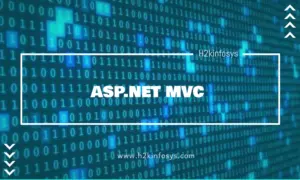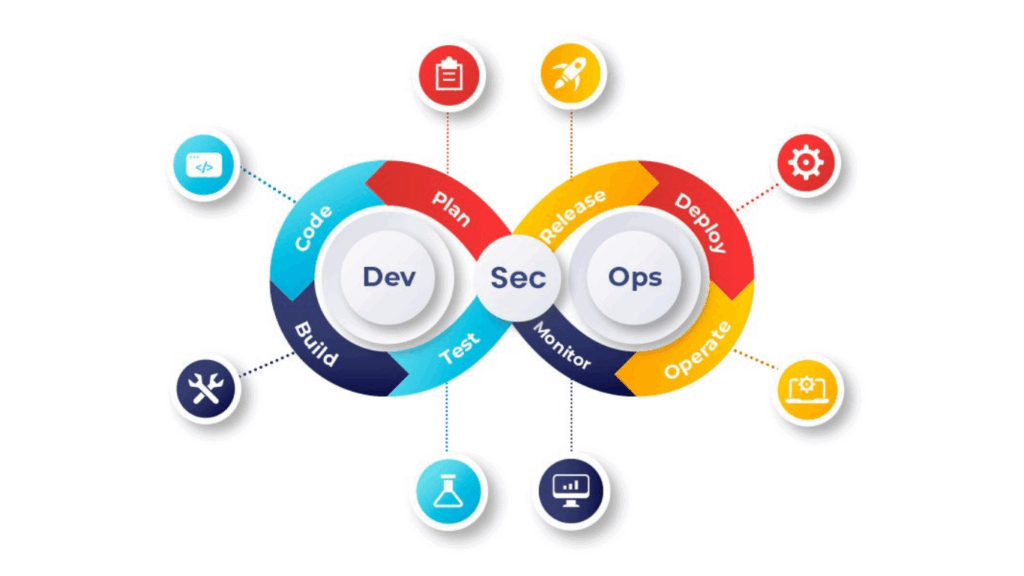Any operating system may execute native desktop, online, and mobile apps created with the .NET open-source framework. The .NET system has tools, libraries, and languages that facilitate the creation of contemporary, scalable, and high-performance software. The .NET platform is supported and maintained by a vibrant developer community. Check out the Dot Net online training to learn more.
The .NET platform is a piece of software that can do the following functions:
- Convert the code of the .NET programming language into instructions that a computer can understand.
- Make tools available for effective software development. It can, for instance, determine the time or print text on the screen.
- Establish a collection of data types for the computer to use for storing data such as text, numbers, and dates.
A framework for creating software applications is called .NET. Microsoft created and created it and the first beta version was released in 2000.
Applications are created using it for the web, Windows, and phones. Additionally, it offers a variety of capabilities and support.
What is a .NET implementation?
.NET code may run on a variety of operating platforms, including Linux, macOS, Windows, iOS, Android, and many more thanks to various .NET implementations.
The first .NET implementation is called the .NET Framework. On Windows, it supports running webpages, services, desktop applications, and more. Early in the 1990s, Microsoft released the .NET Framework.
More than 60 programming languages, including C#, F#, VB .NET, J#, VC++, JScript .NET, APL, COBOL, Perl, Oberon, ML, Pascal, Eiffel, Smalltalk, Python, Cobra, and ADA, are supported by the .NET Framework.
The .NET framework stack, which displays the Framework’s modules and parts, is provided below.
.NET Core
In order to provide .NET developers with cross-platform capabilities, Microsoft released .NET Core in late 2014. In November 2020, the firm changed the .NET Core to .NET and launched the most recent version, .NET 5.0. In this article, the phrase ” .NET” refers to .NET 5.0. Open-source .NET Core is available on GitHub.
.NET Standard
The so-called APIs are a formal specification of various functions. The same code and libraries can be used by various .NET implementations. Both .NET standard APIs and particular APIs designed for the operating systems each implementation utilises are used.
There are four primary parts to the .NET Framework:
- Common Language Runtime (CLR)
- Framework Class Library (FCL),
- Core Languages (WinForms, ASP .NET, and ADO.NET), and
- Other Modules (WCF, WPF, WF, Card Space, LINQ, Entity Framework, Parallel LINQ, Task Parallel Library, etc.)
CLR (Common Language Runtime)
The program is loaded and run by a program execution engine. The software is changed into native code. It serves as an interface between the operating system and the framework. It manages memory, does garbage collection, and handles exceptions. Additionally, it offers portability, type safety, interoperability, and security.
Framework Class Library (FCL).
It is a common library that contains thousands of classes and is used to create applications. The FCL’s BCL (Base Class Library), which offers fundamental functionalities, is its foundation.
The Framework Class Library (FCL), a sizable collection of class libraries, is contained within this framework. The CLR (Common Language Runtime) is the name of the execution environment in which .NET software programs are run. These make up the .NET framework’s core and most crucial components.
This framework offers a number of services, including type-safety, memory management, networking, security, and memory management.
WinForms
Windows Forms is a smart client technology for the .NET Framework, a collection of managed libraries that make routine application functions like reading from and writing to the file system easier to perform.
ASP.NET
The web framework known as ASP.NET was created and developed by Microsoft. Websites, web applications, and online services are all developed using it. It offers excellent HTML, CSS, and JavaScript integration. The initial release occurred in January 2002.
ADO.NET
A connection between an application and data sources is established using the ADO.NET module of the .NET Framework. Data sources include things like XML and SQL Server. Classes in ADO.NET can be used to connect to databases, retrieve data, insert data, and delete data.
Windows Presentation Foundation, or WPF
The Microsoft graphic subsystem known as Windows Presentation Foundation (WPF) is used to render user interfaces in Windows-based programs. When the .NET Framework 3.0 was first launched in 2006, WPF (then known as “Avalon”) was also included using DirectX in WPF.
WCF (Windows Communication Foundation)
It is a framework for creating applications that are service-oriented. Asynchronous messages with data can be sent from one service endpoint to another using WCF.
Workflow Foundation (WF)
Long-running processes can be implemented as workflows within .NET applications using the Windows Workflow Foundation (WF), a Microsoft technology that offers an API, an in-process workflow engine, and a rehostable designer.
Language Integrated Query, or LINQ
The .NET 3.5 framework introduced this query language. It is utilised while using the C# or Visual Basic programming languages to query data sources.
Entity Framework
It is an open-source framework that uses ORM and .NET objects to interact with databases. It reduces the amount of work required from developers to manage the database. Microsoft advises using this technique to deal with the database.
Parallel LINQ
Parallel implementation of LINQ to objects is known as Parallel LINQ or PLINQ. It blends parallel programming’s strength with LINQ’s ease and readability.
The LINQ query can be improved and executed quickly by utilising all of the computer’s resources.
Other APIs and Models are included in .NET in addition to the features and libraries mentioned above to extend and improve the .NET framework.
Task parallel and Task parallel libraries were introduced in 2015. A task-based asynchronous approach was introduced in .NET 4.5.
Conclusion You can learn more about .NET by checking our online Dot Net course.





























